|
MONA KUHN: TOUCHY SUBJECT
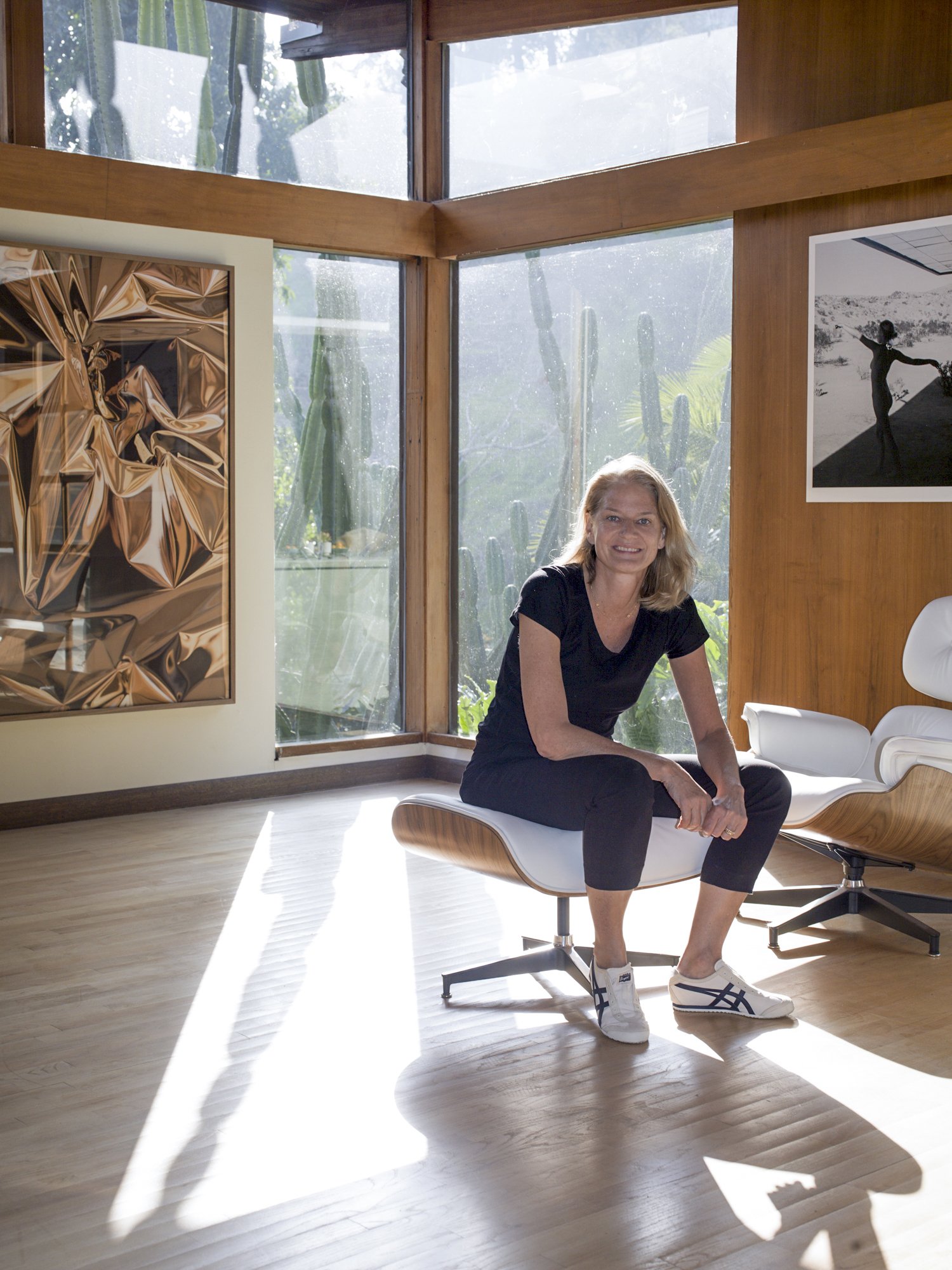
Portrait: ©Mona Kuhn, 2020
Andrea Blanch: So tell me, how did you get to Bushes? Why bushes, of all subjects?
Mona Kuhn: Well, because I was turning 50 years old around this time, I have done a lot of figurative work and nudes, and I have worked with nudes as a way of expressing emotions over a long period of time. I was getting this more and more, being questioned about if I'm a feminist or not. I’ve never felt very strong in answering yes or no. I always consider myself more of a humanist. I am a woman, so in my own personal definition, of course I'm a feminist, but there's a lot of ins and outs of the actual movement of feminism that is very complex for me. Anyway, I felt that it would be really interesting for me to do something to contribute to this long conversation about feminism and all of the turbulence that it comes with. So I decided that my position is just to make a contribution, and in doing so, I started thinking, how could I possibly contribute? I went back in time to the painting L'Origine du monde, by Gustave Courbet. I felt back then that that was my point of entrance on this conversation, as a reaction to Courbet. I never quite liked the way that he painted so graphically the vagina, on oil paint with highlights and everything. I felt that it was very open, and I felt that it was very, in a way, gratuitous. I don't know exactly his statement of the time, but by watching it at my age at this moment in time, it instead of that felt a bit invasive. In any case, I went back and decided that I wanted to do a series related to our origin. So a segment of our body related to the origin, which is a cross-section of our body, below the breast for a woman, and above the knee. And I wanted them to be all standing. I didn't want to have any open legs. I wanted them to look like totems, to look strong, to look like warriors, to look like a strong presence. I wanted the idea that, because the bush is there, it's blocking the genitals, or it's blocking the vulva and the vagina. So it's never as gratuitous as Courbet ever was. And I also felt that I wanted to honor, in that sense, the artist women that came before me, that paved the way for me to do what I do nowadays, with a lot more easiness than they had in the past. I also wanted to inspire women in the future, hopefully.
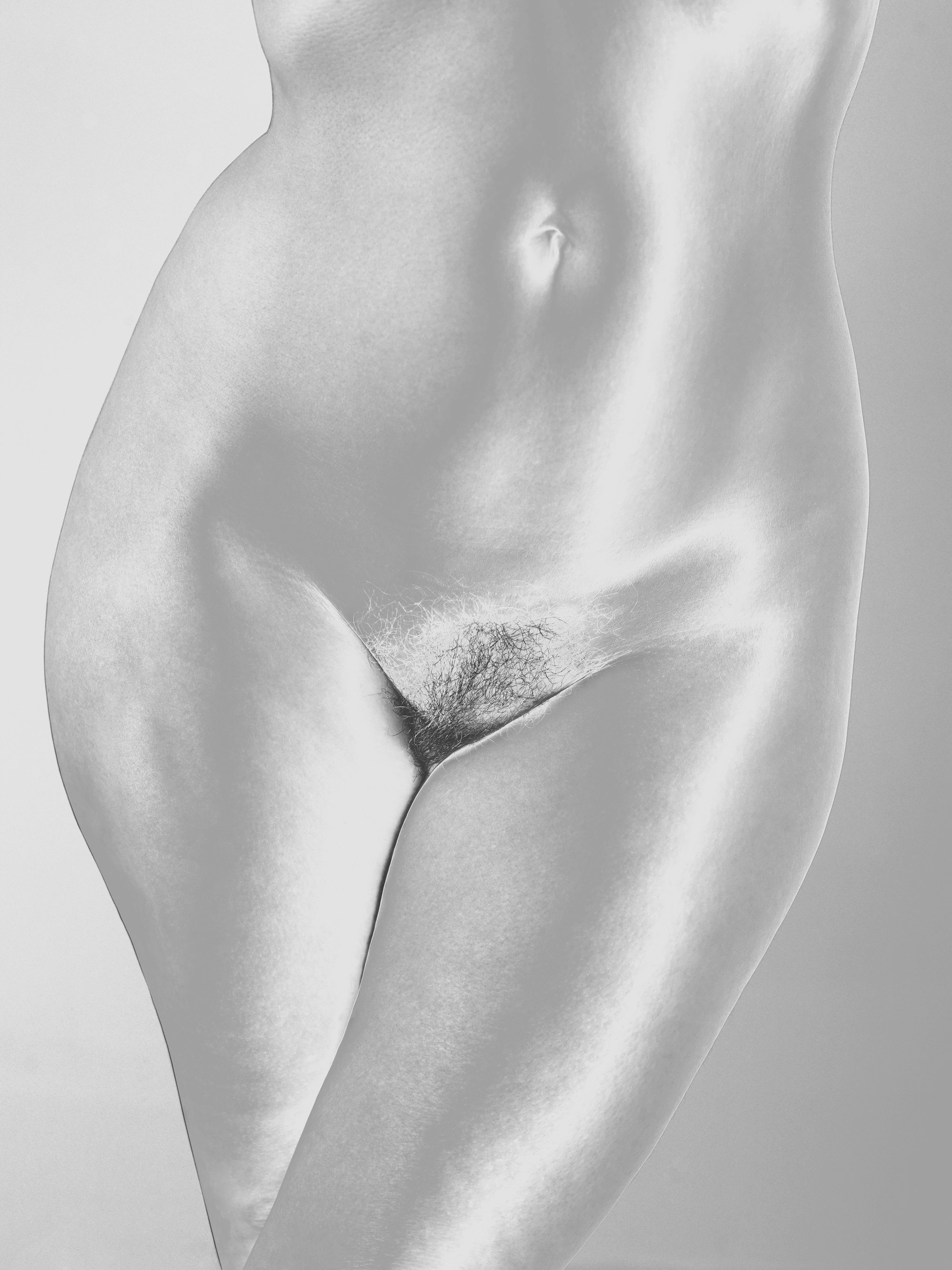
Mona Kuhn, Bushes 22, 2018. Courtesy of the artist
Andrea: What women in the past?
Mona: So I wanted to acknowledge, for example, Lee Miller. All the bushes are solarized. and that was in honor of Lee Miller, while we all think that solarization started with Man Ray and Erwin Blumenfeld. But it is actually acknowledged nowadays that it was acknowledged that it was Lee Miller that had a little accident inside Man Ray's dark room. And that little accident is what led to solarization. She was in love with it. In the book itself, we included a poem by Gwendolyn Brooks. The series also includes succulents, which was maybe a reference to Georgia O'Keeffe, who at the time never acknowledged that the paintings, the very close up of flowers, are what we now know as the sexual segment of the plant being a representation of sexuality. She always just said, "They're just flowers." Now I can take a few steps forward than they have in the past. And I wanted to be very brave about it. So I did this series, which in a way also refers to a little bit of the past, where women would be doing the kind of paintings or illustrations of botanicals that would be in the kitchen or the bathrooms or decorative. I wanted to twist that idea of botanicals and do a series that would be feminist, as feminist as I have been. And it's called Bushes and Succulents, which is my botanical contribution to this long history of feminism.
Andrea: This is really thoughtful.
Mona: It takes some time to come up with a concept, and to feel a little bit what feels right for me. Feminism is such a turbulent conversation. It can go so many different ways, and I thought that this was my path with it. But it also has to be thought out, because I photographed more than 30 different women. I have to communicate to them what it is that I'm trying to do. I have to know what I'm doing so that I can communicate, so that they have a chance to say, "Okay, I want to be part of your project, or I don't want to be part of your project." So all the images of the bushes were done with an 80 lens, meaning I am an arm's length from them, it's full frame, so I'm really close to them. So it's not a cropped close up of a full body. It is very much with their participation as collaborators, wanting to be part of this conversation about being a woman, and finding the strength in being a woman, in the symbol that makes us women.
Andrea: So what was the criteria for choosing them, choosing the people that you chose?
Mona: The main criteria was to have enough bush to cover the genitals. That was, at the time, in 2018, a little hard to find, I have to say, because there has also been a certain social pressure for women to shave more, because that's the kind of image that partners or men see online. So that was also part of it, where I don't want to tell people what to do or not to do, but I wanted to also express the way that I find the bush beautiful, and that they can be any way they want. So the criteria was that they were not shaved, or not even trimmed or partially shaved, that they had it very natural. And then everything else, I was looking for people of different body shapes. It gave me a chance to work with various forms, and also various ethnic backgrounds. I photographed bushes here in Los Angeles, so I automatically had a wider pool of people to reach out to.
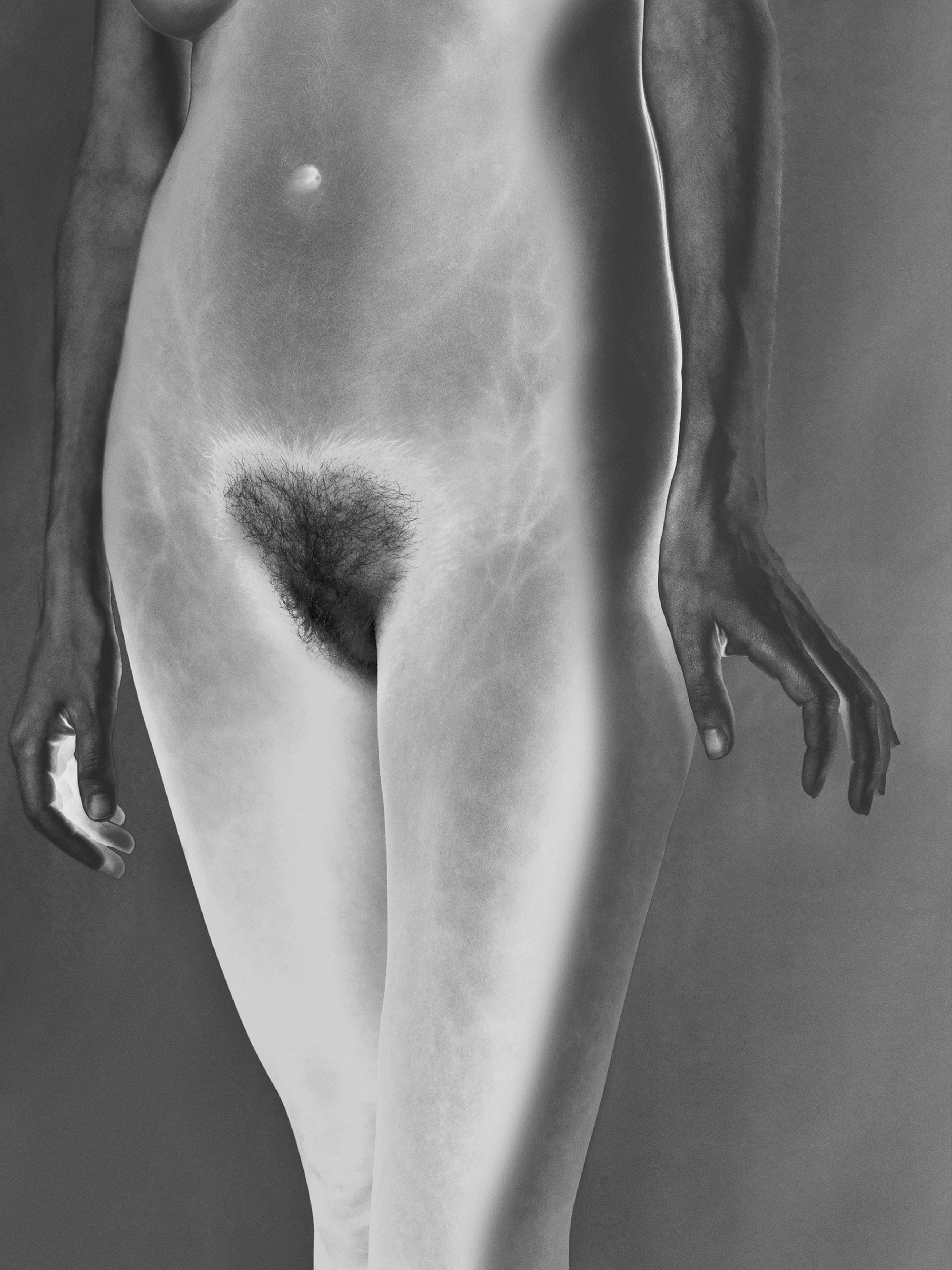
Mona Kuhn, Bushes 04, 2018. Courtesy of the artist
Andrea: Why do you say that?
Mona: Because Los Angeles is cosmopolitan, and it's easier for me to find people from different walks of life that wanted to participate.
Andrea: So let me ask you something. When I first called you up, to say that I'd like you to be in the issue and you said, "Well, what about bushes?" Why did that come to mind?
Mona: I think because you mentioned the word "control", and I thought that it was very much between the collaborators and me. We wanted to control the narrative of what we're trying to say, and we wanted to say it bravely, and we wanted to express it without hesitation. So I mentioned to them, "I'm only going to photograph this segment. The segment is related to origin, and we will control how it is seen or perceived." By the method of using solarization, even though it's very experimental, and you don't control anything that happens in the dark room, it's a very ephemeral process. But I then felt that it was important for me to use the images where I think they were the most gracious, the most that we would feel pride in ourselves, how we present ourselves, how we control the narrative out there.
Andrea: Well, they're absolutely gorgeous pictures. Considering the restrictions that there are online, where did you sell them? Can you sell them online?
THE SELF-EXPRESSION THAT COMES OUT OF ME HAS A TENDENCY TO BE MORE PENSIVE
Mona: I do have some of them on my website. I did try to have an exhibition in a gallery in Georgia in the south, and the owner did come to me when the work just came out and said, "Mon, I cannot show this over here, I'm in the south." But then, as the book came out, it was a more intimate relationship with the work, because you see the book sitting. Let's just say you're sitting in a chair or a couch, and you hold the book in your hands. That's a more appropriate and a more intimate relationship with the work. But once the book came out, then the galleries did turn around and they said, "No, this is really well done. You controlled the narrative." The bushes were printed with silver tonalities. They're smaller, they look like gems and jewels, and they're very distinguished next to the large scale succulents. So I think they realized that my visual vocabulary was controlled, to be finessed. With that control of the visual vocabulary, then the galleries felt more comfortable with my narrative. Then we did have the exhibitions here in Los Angeles. We had the exhibition included in a gallery in New York. It premiered at Paris Photo, at Flowers Gallery, which is the gallery out of London, in 2018. I also included it in an exhibition in San Francisco with really nice feedback. I think men and women looking at it felt all right about it. They had something to ask, like you're asking me now. They had questions, they wanted to know more. But I think the fact that you have this illusion, you think you're looking at a hyper private area. The bush actually covers so much, it is more the succulent that shows all the innuendos of our private parts.
Andrea: Yeah, they're really elegant and beautiful.
Mona: What happened, also with the Bushes, is that a gallery in Amsterdam showed them at an art fair in Rotterdam. That's a very open-minded group of people. So I think that in terms of exhibition, that was the first one. In terms of art fair was with Flowers, at Paris Photo. But in terms of exhibition it was in Rotterdam. In Rotterdam they had a wall of five different Bushes, large scale, like 30 by 40 size. The wall on the other side of the gallery was the Succulents. So they really separated those two, and they allowed the echo, the tension in the room, to be part of the exhibition. But when I did see that exhibition, I really liked it because they started looking like totems. They started looking almost like a segment of sculptures. We have all seen many Greek sculptures, and a lot of them are male and female, but we also see their nudes and so on. Then suddenly these Bushes had maybe a more contemporary but similar totem presence to them.One of my collectors in New York, actually has a large apartment in New York with a really beautiful collection. The first image when you enter is a 45 by 60 bush.
Andrea: Oh, how great.
Mona: Which is great. Next to, I don't know, she has different kinds of vases and plants, but usually she has orchids next to it.
Andrea: How wonderful. Oh, it must look fabulous.
Mona: It is amazing. I like that kind of statement. And I think I was going for brave women who were my collaborators, since brave women also collected this work.
Andrea: But I think that just the idea and implementing it was brave at the time.
Mona: Well, the time was also a little challenging, because coincidentally the Me Too movement just exploded around the same time. So a lot of my galleries in the first six months did not want to touch it, because everyone was walking on eggshells, not knowing if they're going to be de-platformed, or whatever could happen. I was a little insisting, because I am a woman. If there is anyone that should have a comment about this, it should be a woman about women. And the way that I did it, in a distinguished and elegant manner, I felt very comfortable with my message.
Andrea: So did you get any pushback from it?
Mona: No, I did not get any pushback from it. There was one review out of Photographs magazine. It was a review done by a guy, and he made male references to the work, and he just didn't understand it. Then he was exactly what the whole Me Too movement was about, where there's a discrepancy of how women want to be perceived, as not just artists, but also models, and how the art world still had some clichés, and that writer brought those clichés to surface, which was a reflection on the writer, not on the work.
Andrea: Wouldn't you say, though, your work in general is controlled rather than spontaneous?
I WOULD SAY THAT I HAVE A VERY CLASSIC POINT OF VIEW WHEN IT COMES TO THE BODY
Mona: Yeah. I would say that I have a very classic point of view when it comes to the body. So all the self-expression that comes out of me has a tendency to be more pensive. I like those moments where it's more pensive, and those are my final edits on the work. Now, I'm a very extroverted person and I'm charismatic, and when I'm photographing the people that I photograph, we like to be free and spontaneous, not in control. So I'm photographing, and when I'm working together with my collaborators, I want us to be free, and we reach a level of trust and of total freedom. Then later on, because of the news, and because of the very, very difficult visual language, I am walking a very fine line where I'm working with nudes in the field of photography, which, as we know, has been done in ways that I don't think is great, over a long period of time. So I'm trying to bring a more art historical relevance to nudes in the modern field of photography, but I'm trying to elevate the visual vocabulary in the field. I then control the vocabulary and the editing of the work, so that I stay within the parentheses, or let's just say, the scaffolding that I set for myself. So many times I have very sexy images that come up. I have very funny images that come up. I have smiley images that come up. I might have graphic images that come up, but I do control the narrative of what is published and what's exhibited, so it remains loyal to my artistic intent.
Andrea: Right. Okay, so after you do something like Bushes, what do you do next? Besides the Schindler House, which I love. I mean, I thought this was a great project.
Mona: After Bushes and Succulents, I did the Schindler House, that's right. So that was a whole other series where I was exploring that idea of space and time and the figure crossing elements of space and time. The Bushes were the precursor to a very serious series that I did at the Schindler House, which was one person crossing time and crossing space, because Rudolph Schindler was an architect of space. He was the first architect in the 1920s to come up with the concept of space in architecture, where he would understand the space before building walls. So I had to align the photography with his architectural concepts, and then what helped me was to bring the solarization that I practiced with Bushes into the King's Road Series, which is the one done in the Schindler House. I pushed it into this other series because I was able to then push this idea of the subject crossing a certain realm because of the experimentations in the dark room. And then after that, I have another series that I've been working on for the last eight summers. I work mostly in the summer because that's when people are comfortable in the nude, and they forget they're naked. I also don't work with models, so some days pass by and no one shows up, and then some days people show up because they feel like it. It's really more about, "Do you and I want to do this today or not?" So it fluctuates more with people's emotions and their state of mind. But then the results to me are a lot more sublime. So it takes me more time, but I think that's an important part of the process with nudes, and it's the part that I enjoy with it. Everyone can photograph someone naked in a warehouse or in a studio. It's not difficult. I can put an ad out there, and I'll have five people show up, and we photograph the whole day, and we will have great results, but it will look similar to other nudes. I really like for my work to live in a parallel reality to our reality, but a different reality. So in that sense, I need to allow it to happen. And that's the part that I don't control at all. I wish I did, but I don't. In any case, that series is about my personal reconciliation between the part of our existence that is mortal versus the immortal.

Mona Kuhn, Bushes 30, 2018. Courtesy of the artist
Andrea: Do you feel that you did everything you wanted to do with Bushes?
Mona: I think I did. Yes. I think that I'm very, very happy with the series. I'm happy with the people that collaborated. We had a big party here at our place. We all celebrated. I did a presentation at Penumbra Foundation in New York, and there was a person that came up and asked me, "Oh, I feel like you explored these other women." And that's when it hit me, that the people that I photographed were brave women. They were also here when we launched the book. They were so proud of themselves, and so proud of being in the work, and without any hesitation. And I think that's the strength of the work. So there is no way that anyone can say there's any victimization in this work. And I think that for me is very important.
Andrea: Yeah. Well, one of the things I like about it is that considering what it is, I didn't really get sexually aroused looking at it.
Mona: To me, they feel very sculptural. They feel more structural.
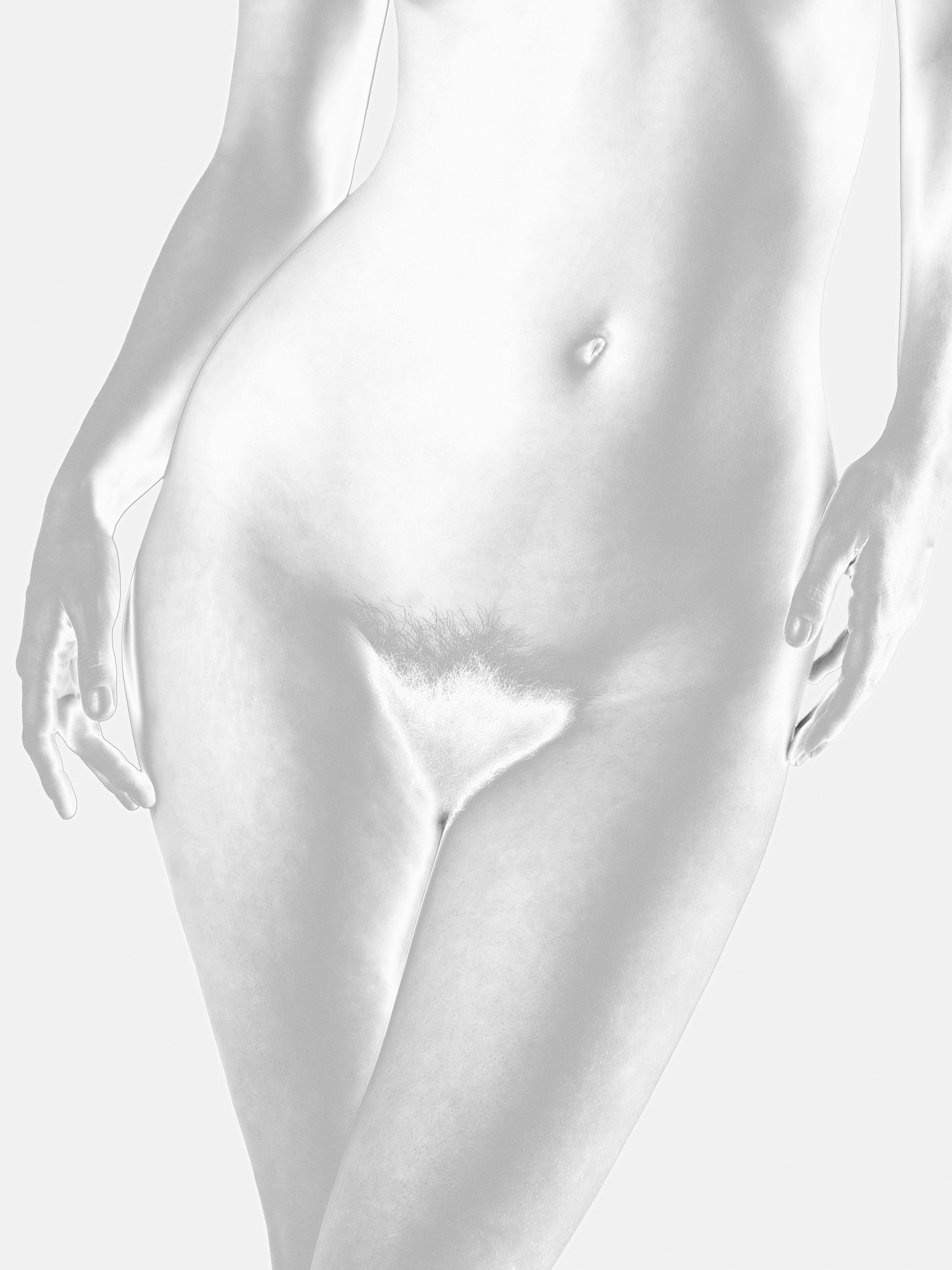
Mona Kuhn, Bushes 01, 2018. Courtesy of the artist
Andrea: Yeah, but it's still a bush.
Mona: Yeah. Well, but then it would have this immediate sexual connotation. For example, when I was seven or eight, I remember taking showers with my mother, and my height was around her bush. To me, a bush is very motherly and domestic. It's more inside of your house, it's more motherhood. It's more about different times of your life. Maybe when you get your period, and you're a young person. It's more about being a woman. It's also a woman who has a bush when she's going through her menopause. To me, that segment of the body, it's so much more about our sexual cycle, the entire cycle of a woman's sexual life.
Andrea: Well, that's a good perspective. That's why the pictures are so good.
Mona: Yeah. I think they're good because the people posing for me were really wonderful.
Andrea: They were. They were good choices.
Mona: Yeah. There was a person, all of them were above 21, and many of them were above 50. But they're posed so gracefully that rarely does someone say, "Oh, this person is above 50. Or this person..." There was one woman there that was 65, and she posed so beautifully.
Andrea: It's a beautiful project.
Mona: The grace of aging. The grace of curves. The grace of being secure and being themselves.
Andrea: Yes. And not shaving.
SO I'M TRYING TO BRING A MORE ART HISTORICAL RELEVANCE TO NUDES
Mona: Yeah. Well, I do have to say, for the record, that our culture nowadays does call for shaving a lot more. So there were people that I met that I really enjoyed working with and their presence. And for me, it's very important to like the people that I photograph, but their bush wasn't full. So I had to ask them to come back, if they would consider letting it grow a little more. Because even though the requirement was to have a full bush, their version of "full bush" was not as much as I needed it to be. And my point was just, "I don't really want too much, it doesn't need to be outrageous," but I wanted it enough so that it doesn't reveal their genitals.
Andrea: So Mona, can we expect more nudes from you?
THE GRACE OF AGING. THE GRACE OF CURVES. THE GRACE OF BEING SECURE AND BEING THEMSELVES
Mona: I will always be working with the body. I realized when I was 14 or 15 that I'm just going to be my whole life inside a body. I think I was taking a photography class, and I was doing some darkroom work, and I walked outside with the teacher to look at the daylight, with the tray and the print on the tray. We walked out of the dark room into this outside area, like a backyard. He gave his evaluation about the printing and then he said, "Mona, you need to look at the shadows. Look at your own shadow as you're standing here with this tray, look at your shadow. Look at what the graphic element of this is. In black and white photography you need to pay attention to shadows." And I think in that moment, I really had a further existential understanding of what it means, that I will always have a shadow. The reason why I always have a shadow is because I have a body, and the other reason we have a shadow is because the sun is there. So I think that to me, it will always be a relationship between natural light and our presence, and what it is that we're doing here.
Andrea: Well, I can't wait to see more.
FIN
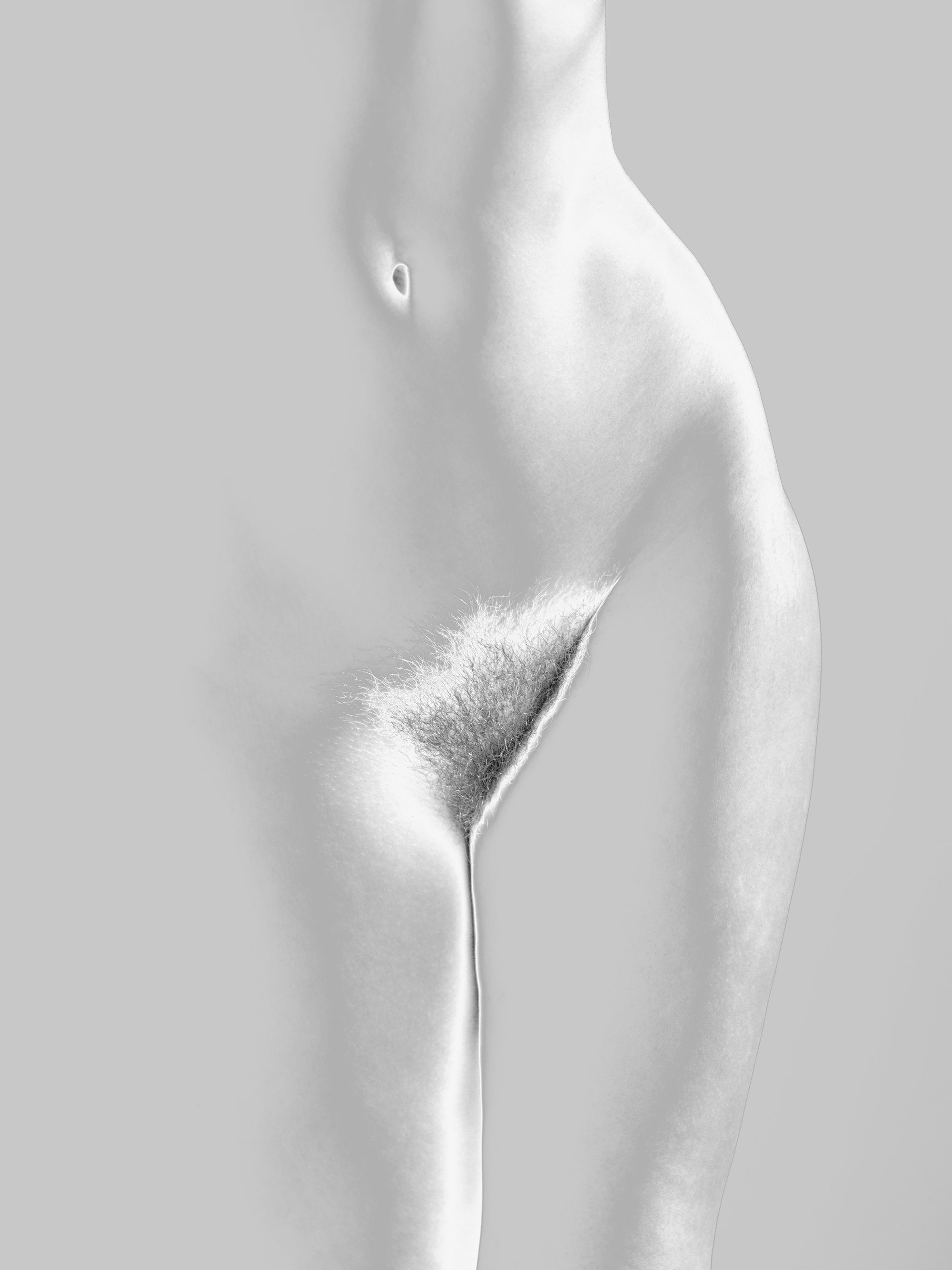
Mona Kuhn, Bushes 50, 2018. Courtesy of the artist

Mona Kuhn, Bushes 14, 2018. Courtesy of the artist
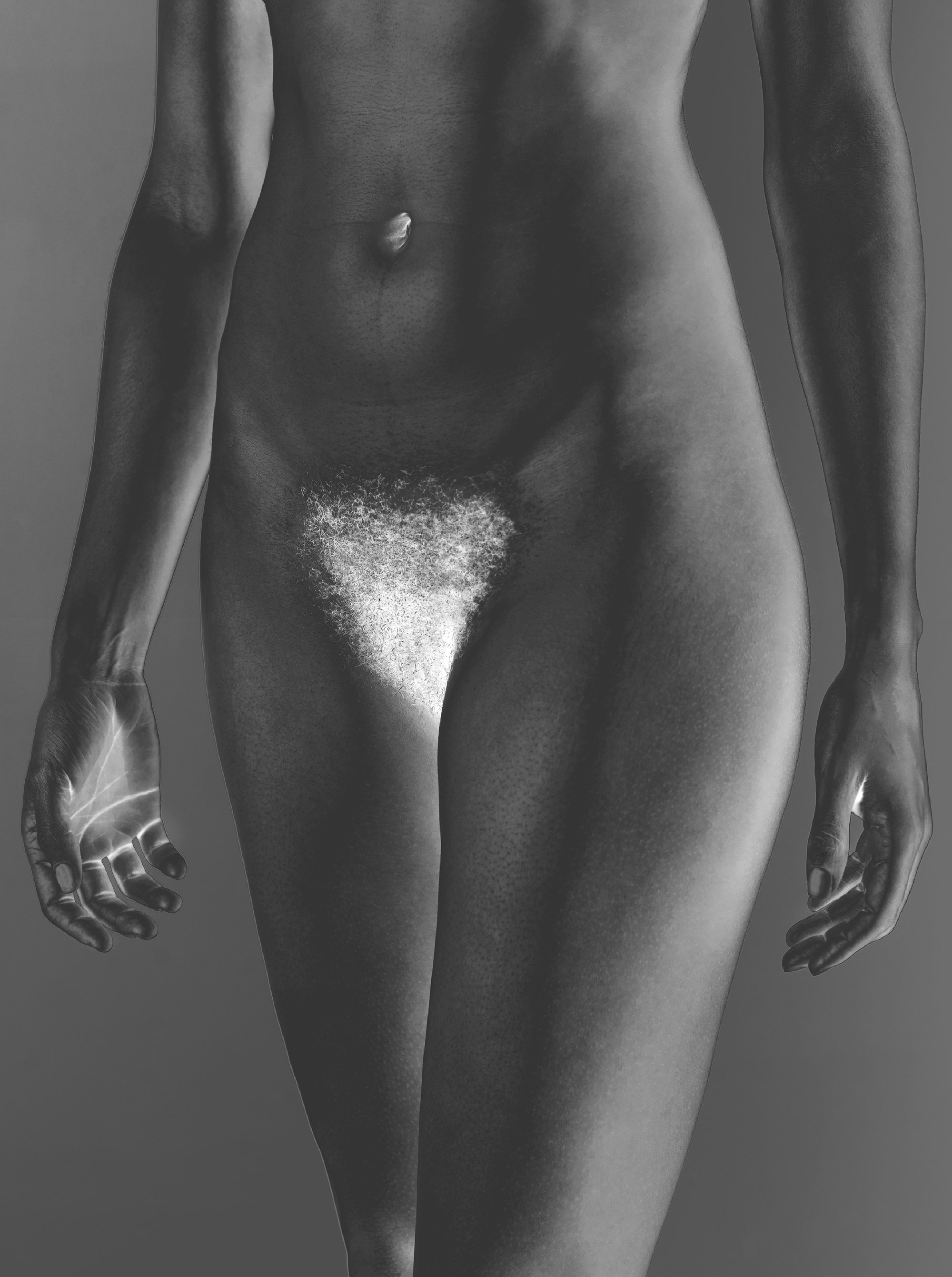
Mona Kuhn, Bushes 23, 2018. Courtesy of the artist






